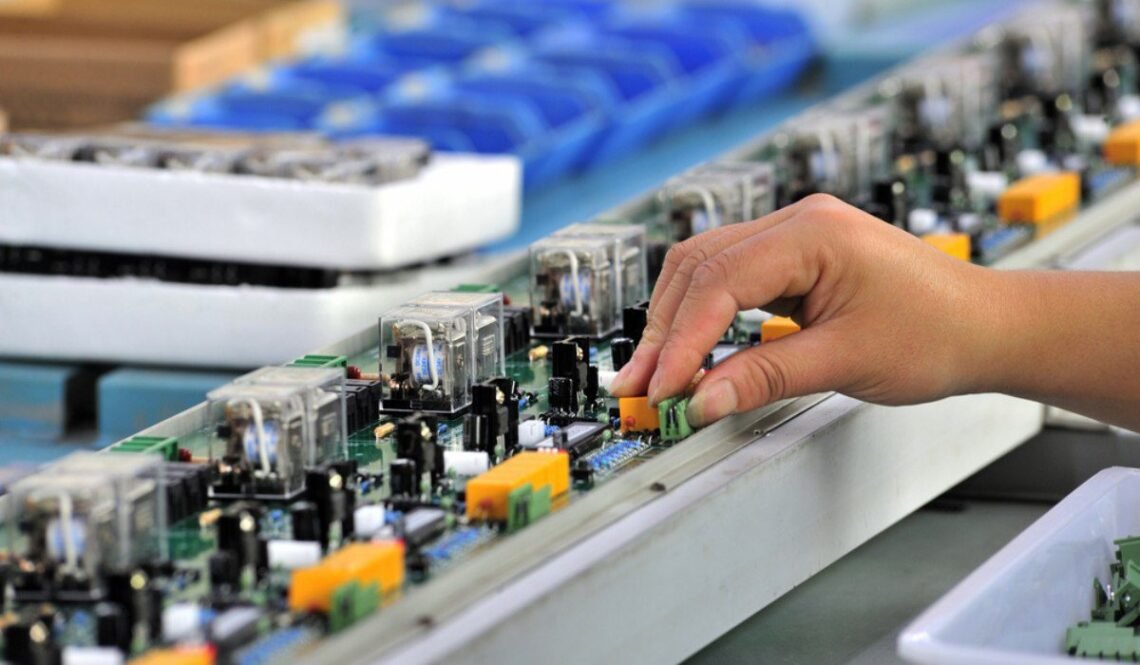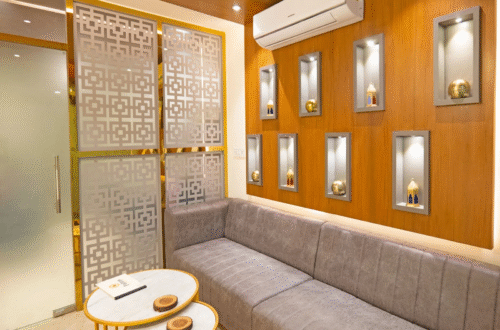Choosing the right busbar trunking system is a critical decision for any organization looking to optimize power distribution, enhance safety, and accommodate future expansion. Manikaran Enterprises brings you this comprehensive guide to help you navigate each stage of the selection process, ensuring you invest in a solution that meets your operational, financial, and regulatory needs.
Step 1: Assess Your Power Requirements
Begin by calculating the total load your facility demands, including current and projected future needs. Consider peak load scenarios, diversity factors, and potential expansions. A precise assessment prevents under-sizing (which can lead to overheating) or over-specifying (which drives unnecessary costs).
Step 2: Analyze Environmental Conditions
Evaluate the installation environment’s temperature range, humidity, dust levels, and exposure to corrosive agents. Indoor, climate-controlled settings differ vastly from outdoor or industrial sites. For challenging environments, opt for systems with enhanced ingress protection and corrosion-resistant coatings.
Step 3: Determine System Voltage and Current Ratings
Identify the system’s nominal voltage (e.g., 400 V, 600 V, 1 kV) and maximum current carrying capacity. Ensure the chosen busbar trunking supports both your everyday operating voltage and any short-term overcurrent requirements dictated by protective devices.
Step 4: Choose the Appropriate Busbar Configuration
Busbar trunking systems come in various configurations—single, double, or triple busbar, and with options for isolator and fault busbars. Select a configuration that aligns with your network topology. For critical loads, include redundancy (e.g., dual busbars) to maintain power continuity during maintenance or fault conditions.
Step 5: Evaluate Installation and Commissioning Services
A smooth installation minimizes downtime and prevents costly errors. Partner with a team experienced in delivering turnkey solutions. Consider engaging a specialist like the Busbar Trunking System Installation Service in India to ensure proper alignment, secure connections, and compliance with local standards.
Step 6: Review Compliance and Certification Requirements
Verify that the system meets relevant national and international standards (e.g., IEC 61439, IS 8623). Certification from accredited bodies validates safety, performance, and reliability. Non-compliant systems may expose your facility to legal risks and insurance complications.
Step 7: Factor in Flexibility and Scalability
Your electrical needs will evolve. Choose a modular busbar trunking solution that allows for easy tapping points, extensions, and reconfigurations without major shutdowns. Modular designs reduce labor costs and enable faster deployment when adding new equipment or production lines.
Step 8: Compare Total Cost of Ownership (TCO)
Beyond upfront equipment costs, calculate installation expenses, maintenance requirements, energy losses, and potential downtime costs. A premium system with low losses and minimal maintenance can offer significant long-term savings. Balance initial outlay with lifecycle benefits to arrive at the most cost-effective choice.
Step 9: Assess Vendor Reputation and Support
Partnering with a reputable supplier ensures quality products and responsive service. Look for manufacturers with proven track records, robust warranty terms, and local field support. As a Top Electrical Solution Company in Rajasthan, Manikaran Enterprises combines global standards with regional expertise to deliver reliable solutions across industries.
Step 10: Plan for Maintenance and Future Upgrades
Once installed, establish a preventive maintenance schedule that includes thermographic inspections, torque checks, and busbar cleaning. Document all tapping points and system layouts to streamline future audits or expansions. An informed maintenance plan preserves system integrity and extends service life.
Conclusion
Selecting the right busbar trunking system requires a structured approach that balances technical specifications, environmental factors, regulatory compliance, and financial considerations. By following these ten steps—conducting a thorough needs assessment, engaging specialized installation services, choosing modular and certified components, and partnering with a trusted provider like Manikaran Enterprises—you can secure a power distribution network that delivers efficiency, safety, and scalability for years to come.





